Resources for New Election Officials
This article was featured in our ELECTricity newsletter in September 2022. Sign up to receive more success stories from election offices across the country.
Since the 2020 election, we’ve continued to see increased turnover in the election administration field. This means that across the country, folks who are new to election work are stepping up to serve as election officials. As they prepare for what may be their first major election in November, we’ve assembled a variety of resources to support them. If you know a new election official, we encourage you to share this list with them.
And even if you’ve been working in elections for a while, these resources may serve as a useful refresher. Plus, with many election officials approaching retirement age, the turnover trend is sure to continue in the months and years to come. So as you think about continuity planning for your own office, we encourage you to use this list to support that process.
We’ve broken down these resources into four categories that are top of mind for election officials heading into the midterm election:
Before we dive in, we’d like to highlight two resources that are sure to be invaluable for new election officials. First, we recommend joining your state association of election officials. There, you’ll be able to connect with your fellow election officials who are likely working through similar challenges. State associations typically hold conferences throughout the year, which are fantastic opportunities to network and learn best practices from one another. You can find a list of state associations on Electionline.
And that leads us to our second resource. Subscribing to Electionline’s daily and weekly newsletters is a great way to stay on top of election-related news across the country. Plus, you can browse upcoming events, training opportunities and resources on their website.
Communicating Trusted Election Information
As new election officials prepare for the 2022 midterms and beyond, it’s key that they have the tools they need to communicate effectively with the public. Clear, accessible, and user-friendly election communication not only ensures voters that the system is fair and secure, but also encourages them to participate in the democratic process. These resources provide both practical guidance and inspiration for election officials to present themselves as trusted sources of election information.
Glossaries of Election Terminology
Getting clear on terminology can help new election officials ensure they’re being consistent when communicating with the public about elections and voting. This glossary from the Election Assistance Commission (EAC) contains nearly 1,300 terms and phrases used in election administration.
Field Guides to Ensuring Voter Intent
Election officials often earn voters’ trust by paying attention to the details. Ensuring that ballots and forms have instructions that make sense, that websites that are easy to navigate, and that materials are well designed all go a long way toward boosting voter confidence. The Center for Civic Design’s field guides offer practical guidance for communicating with voters, writing instructions voters understand, designing voter education booklets and flyers, designing election department websites, and more.
ElectionTools.org
Electiontools.org is yet another free resource to help election officials achieve trust by communicating with professionalism and consistency. The site offers a number of communications-related tools, including a pocket voter guide template, a library of civic icons and images, and a template to create a straightforward election website that answers voters’ top questions.
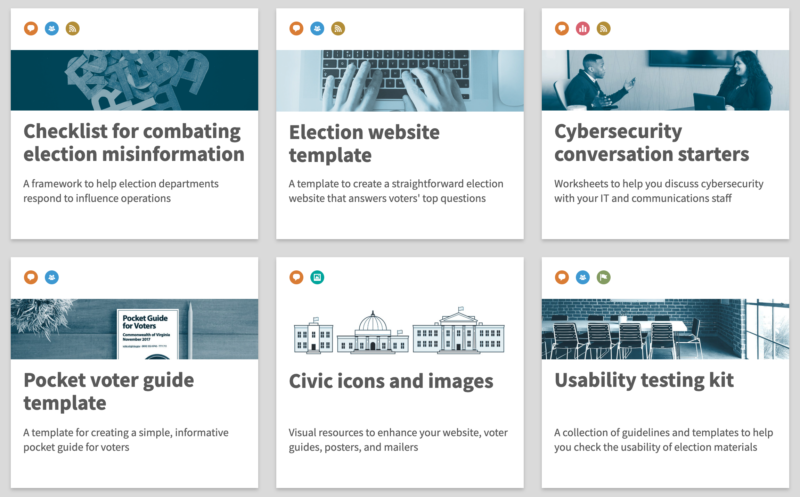
Telling Our Story: An Elections Communication Guide
The Elections Group’s in-depth communication guide offers best practices in four areas:
- promoting trust, respect and enthusiasm for our election system and the tens of thousands of people who make it work;
- countering misinformation;
working with the media; and - educating voters.
“This is by no means a comprehensive list of the many good communication efforts already in place,” writes former NPR correspondent Pam Fessler. “Instead, it’s a sampling of practices that could prove helpful in the months and years ahead, and will hopefully inspire fresh ideas.”
The Election Group also offers a Communications Resource Desk—a great place to find templates and resources to help you communicate with voters. And if you’re in need of personalized assistance for your jurisdiction, they have a team of experts providing tailored communications assistance to state and local election offices at low cost or free of charge.
Communicating in the Age of Disinformation
“Communicating with your constituents about election facts and highlighting your role as trusted source for election information is vital but tricky when false information is prevalent and spreads quickly,” says Michelle Ciulla Lipin, executive director of the National Association for Media Literacy Education. Her article featured on Electionline offers tactics to communicate with misinformed and uninformed voters.
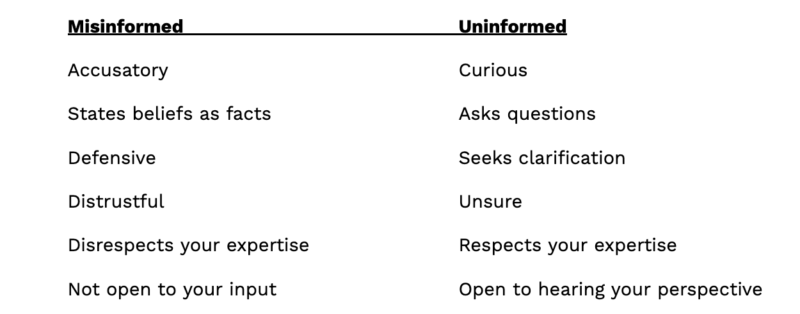
Communicating Trusted Election Information Training Series
From election websites to social media pages, election communication needs to be clear, accessible, and user-friendly. The first three courses in this free series from CTCL cover best practices in election websites, social media, and accessible communications. The fourth course introduces how your election office can identify and combat misinformation. The fifth and sixth courses highlight two more audiences that need accurate election information: public officials and the media.
Vote By Mail
Whether you call it “absentee” voting, “vote-by-mail,” or “vote at home,” more voters cast their vote on ballots delivered directly to them than ever before. And the trend is on the rise across red, blue, and purple states. We’ve assembled the following resources to support new election officials as they navigate vote-by-mail for the first time.
Scaling Up Vote by Mail Toolkit
In the Center for Civic Design’s toolkit, you’ll find templates and sample documents for all stages of the vote by mail journey, including ballot request forms, envelope designs, voter information and instructions, and more, all based on best practices around the country.
Vote at Home: Election Official Hub
The National Vote at Home Institute’s resource library holds a host of information for election officials. You’ll find training guides, webinars, and articles on all things vote-by-mail, from signature verification to working with printing vendors to ballot tracking.
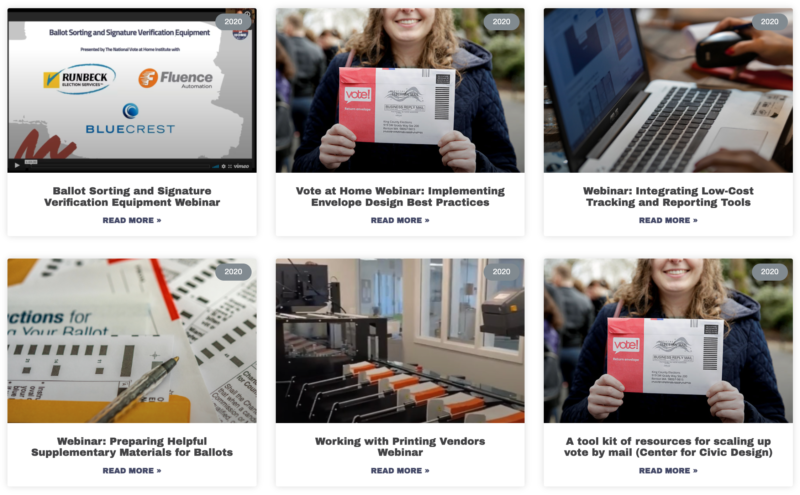
General Inbound Ballot Processing Guide
This guide from The Elections Group was built to help election officials who will be processing their incoming mail ballots either of two ways: with or without a mail ballot sorter. This guide will
help you create standard operating procedures for receiving ballots, checking them in for voter credit, ballot opening and extraction, scanning, and duplication and/or adjudication.
Vote at Home Training Series
Created in collaboration with The National Vote At Home Institute and the Center for Civic Design, CTCL’s three-part Vote at Home training series was designed to help election officials bolster the security of elections, improve voter engagement, and reduce election-related costs through vote at home programs as they prepare for upcoming elections.
Physical and Cyber Security
Security continues to be a top concern and priority among election officials. They’re tasked with ensuring that election technology is secure from both physical breaches and cybersecurity threats. Plus, they’ve got to consider their own personal safety, and that of their election workers. The following resources will help both new and seasoned election officials prepare to secure election infrastructure in their jurisdictions.
Elections Technology Toolkit: Voting Machines and Beyond
The National Conference of State Legislatures’ toolkit breaks down the technology used at every step of the election process, along with security considerations and background information.
Logic and Accuracy Testing Guide
Logic and accuracy (or L&A) tests are performed prior to each election to ensure that voting equipment is working as intended. If you’re preparing to conduct your first L&A test in the coming weeks, The Election Group’s guide offers step-by-step instructions, while putting procedures in context and explaining why they’re necessary.
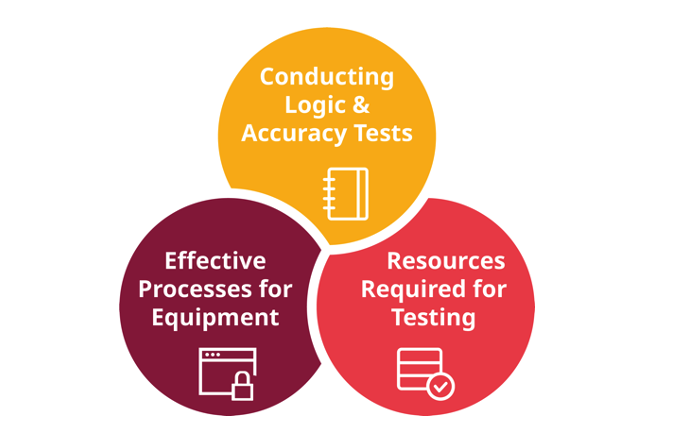
Election Security in a Time of Disturbance
This guide from The Election Group was designed to assist election officials in planning defenses against threats to the order and safety of election facilities. Complete with a checklist for preparedness and prevention, the guide covers guidance, legal advice, and potential scenarios.
Election Security Resource Library
The Cybersecurity & Infrastructure Security Agency (CISA) has put together a library of tools that election officials can use to secure election-related assets, facilities, networks and systems from cyber and physical risks.
Cybersecurity for Election Officials Training Series
In CTCL’s three-part online series, election officials can gain new skills to manage cyber threats and communicate with the public about cybersecurity. With support from the U.S. Election Assistance Commission, over 1,000 election officials have participated in these courses so far. Join them in taking these cybersecurity trainings at no cost.
Resiliency
While most election officials love what they do, there’s no doubt that their job can be overwhelming. The long hours, lack of support, and polarizing political atmosphere means election officials continue to face stress, pressure, and scrutiny. We know that election officials pride themselves on being resilient. But as you prepare for the 2022 midterms and beyond, we encourage you to prioritize your own wellbeing so that you can continue to serve your voters and protect yourself.
Taking Care of Yourself to Serve Others: A Well-being Resource Guide for Election Officials
This guide from the Carter Center includes resources to election officials to help support their own well-being and the well-being of their colleagues and teams. It includes information on:
- The Signs and Impacts of Trauma
- Techniques for Promoting Resiliency and Recovery
- Mental Health Support Near You
- Online Security Tips and Toolkits
Supporting Election Officials Webinar
In March 2020, CTCL released a webinar to support election officials through the COVID-19 pandemic. While this training was released in the context of the pandemic, much of the information could be useful to election departments at any point in time. The webinar covers tips to:
- Put together a resiliency plan for you and your team
- Know who to reach out to (colleagues, state officials, and experts) when questions come up
- Engage your state association in an effort to support fellow local election officials
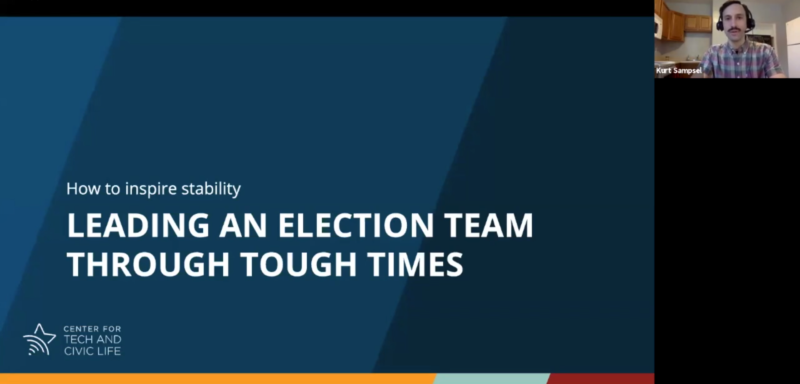
Whether you’re brand new to the world of election administration, or a seasoned election official, we are rooting for you every step of the way. And we’re so grateful for all that you do for voters and for our democracy.